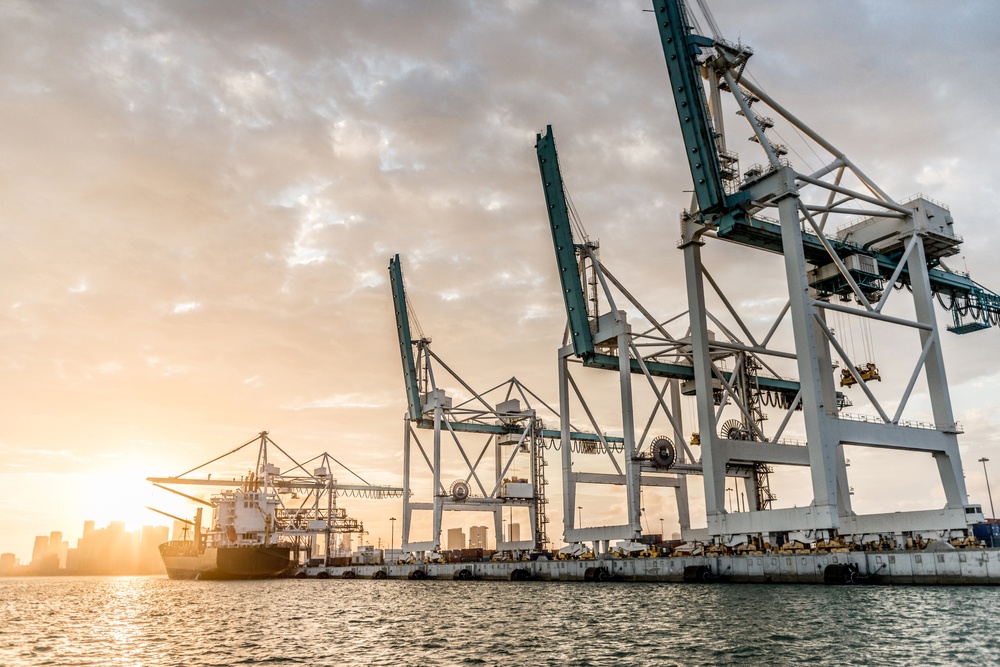
At Optimation we design and fabricate manufacturing systems for companies all over the United States and the world. To build this equipment, we use a lot of steel and stainless steel and lesser amounts of aluminum and exotic alloys. A couple months ago, the rules changed when getting prices for these commodity items. Many of our suppliers began to provide pricing which was good for only 24 hours. This reaction by our suppliers was created by threats of tariffs being placed on steel and aluminum.
Quoting projects with this limitation is challenging. The challenges to us were minor compared to those put on many other industries and manufacturers. Immediately after steel and aluminum tariffs were threatened there were threats of retaliatory tariffs on US products. One example was soybeans. The result was a huge shift in soybean future prices. Pricing of commodities of various sorts ricocheted from one item to another.
Different countries who are targeted for the steel and aluminum tariffs are retaliating in different ways. So, the impact will hit a variety of industries and regions in the United States. There are strong advocates in favor of the tariffs and strong advocates against them. There will certainly be winners and losers.
The new tariffs are having a positive effect in places like Kentucky. Braidy Industries is building a new aluminum rolling mill there. It is a billion-dollar project that will create over 500 new jobs. Jobs at the mill are expected to pay as much as sixty-five thousand dollars a year. This is at least 50% higher than the median pay for that region.
Aluminum is not the only winner from the tariffs. Nucor Steel began using capex to take advantage of the new demand and higher prices for steel. They are planning a new $240 million steel mill in Florida. It is expected to create nearly 300 jobs. Other steel companies and other steel mills are increasing production and hiring additional workers.
On the negative side, there are regions and industries that will suffer from the retaliatory tariffs. States that export large amounts of manufactured goods to Canada or Europe will see a decline in sales and layoff and job losses may be the result. And, of course, companies using imported steel will have higher costs and will need to raise prices, reducing sales and causing inflation in some products. Some large infrastructure projects may have such large price increases that they will be cancelled.
There are no easy answers, and no one will win the debate. Almost everyone agrees that free trade is the best trade and does the most for the economy of the US and the rest of the world. The new tariffs are meant to be temporary and were put in place in an effort to point out how many tariffs still exist in most of the world. We will see how effective the strategy is. In the meantime, Optimation, our competitors, our suppliers and our clients will need to adjust and accept the new pricing structure and deal with it as effectively as we can. We may lose some projects and we may win others. Overall, the US economy is strong enough to take this disruption. We can hope it is short lived and leaders here and all over the world come to their senses and use logic rather than emotion to work through their differences.
{{cta(‘fe7716cb-eb5d-4f97-b8e0-2785858b03a0’)}}
